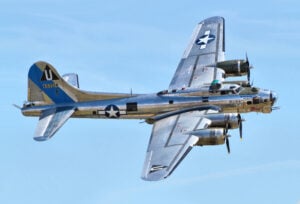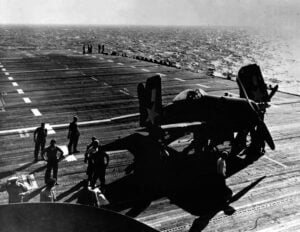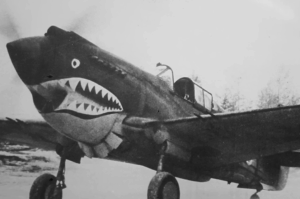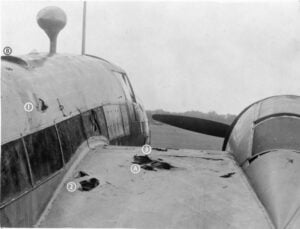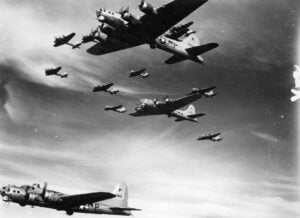Fatal Mistakes and Miscommunication Behind Deadly DC Mid-Air Collision
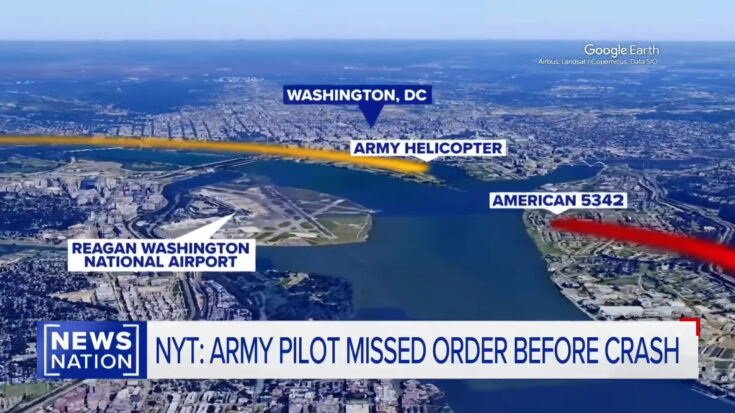
YouTube / NewsNation
The tragic collision between a U.S. Army Black Hawk helicopter and an American Airlines passenger jet over Washington, D.C., on January 29 has been traced to a series of fatal errors, according to a new investigation.
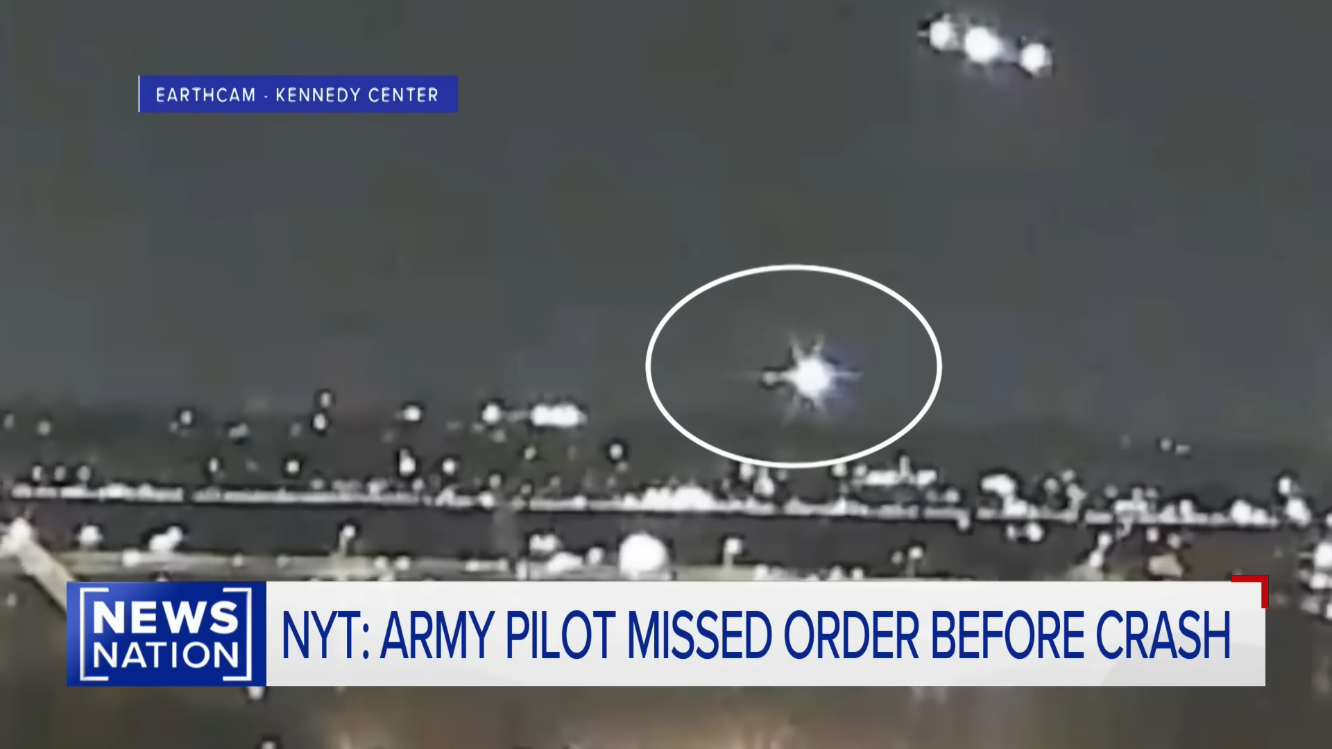
All 64 passengers aboard the plane and three Black Hawk crew members perished when both aircraft plunged into the Potomac River. Initial reports blamed the military chopper for flying too high, but a deeper investigation reveals a cascade of missteps, including critical failures in communication and decision-making.
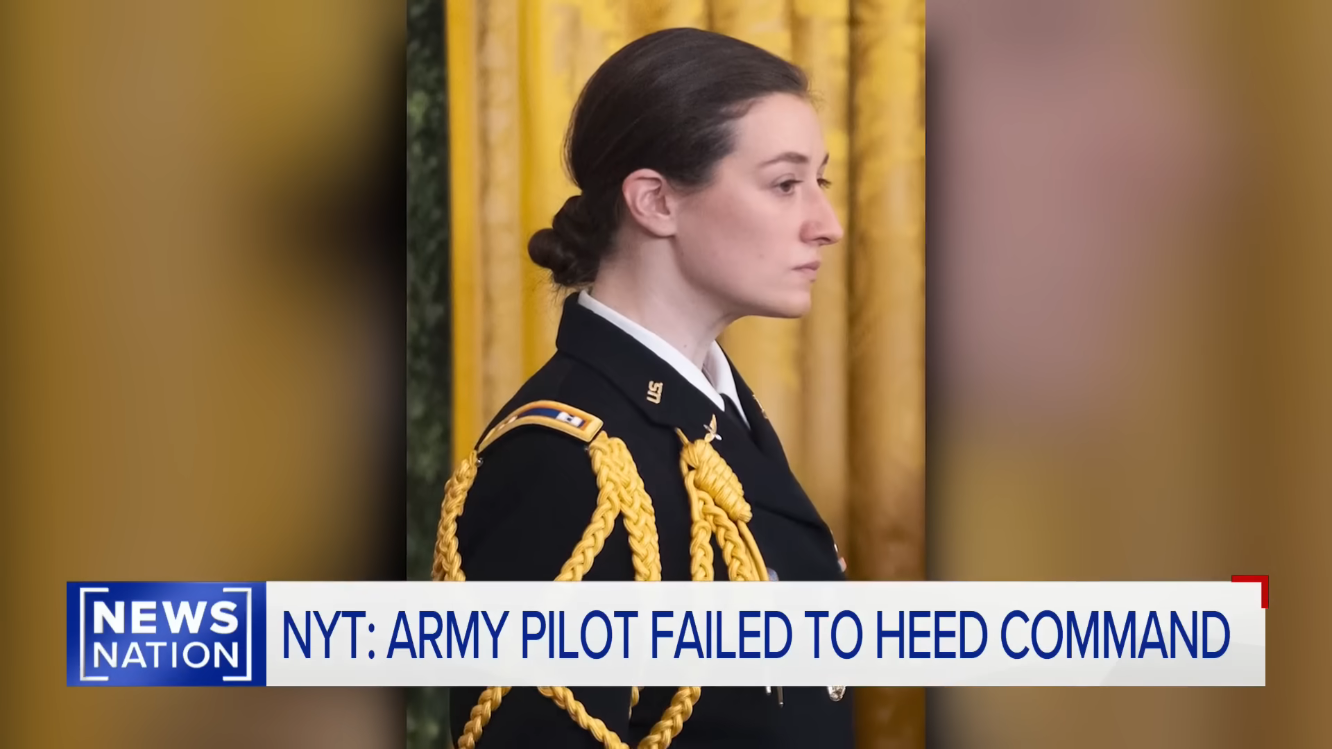
Captain Rebecca M. Lobach, piloting the Black Hawk, failed to execute a necessary left turn despite clear warnings from her co-pilot, Chief Warrant Officer Andrew Loyd Eaves, just 15 seconds before impact. Both pilots had requested and received approval for “visual separation,” relying on sight to avoid other aircraft — a decision complicated by their use of night vision goggles, which severely reduce depth perception.
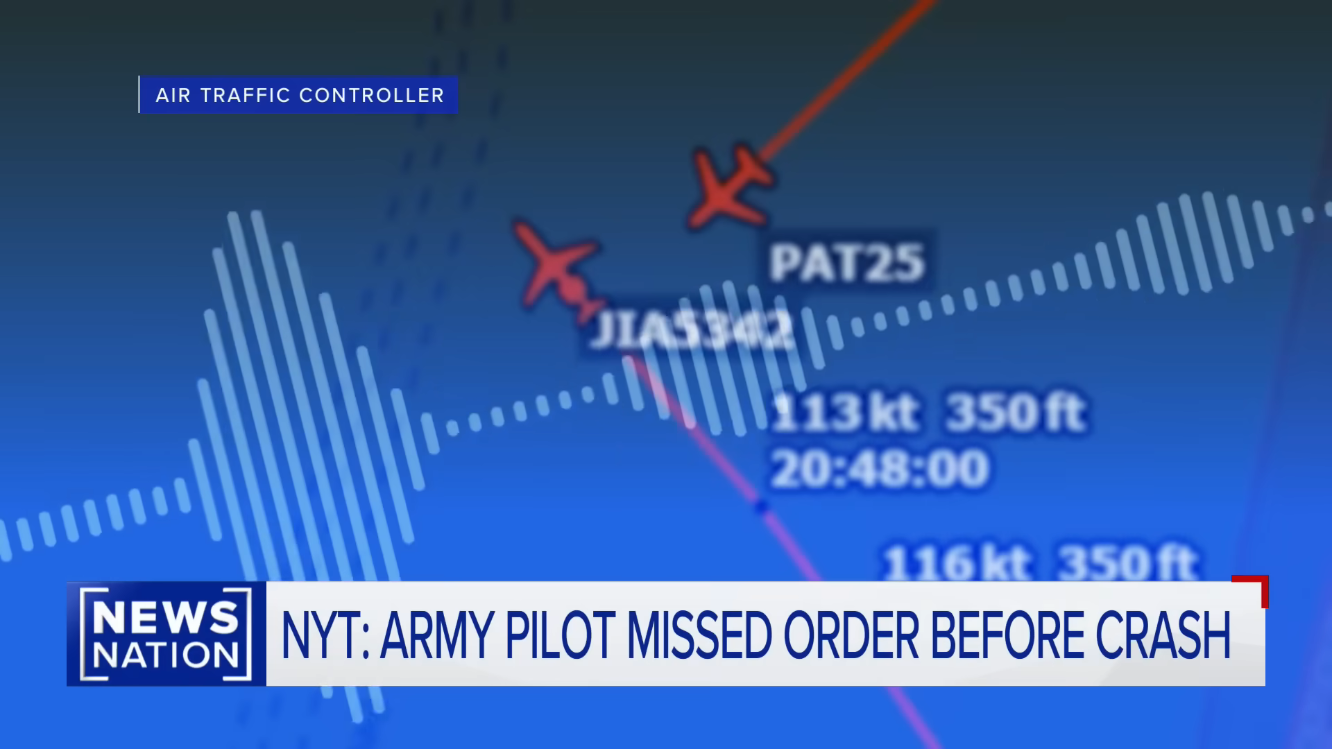
Radio transmissions between the Black Hawk and air traffic control were disrupted at critical moments, while tracking technology that could have helped prevent the crash had been switched off under Army protocol.
Investigators also cited lapses by air traffic controllers, who did not issue emergency instructions as the helicopter closed in on the American Airlines jet. Officials now acknowledge that multiple safety layers failed that night.
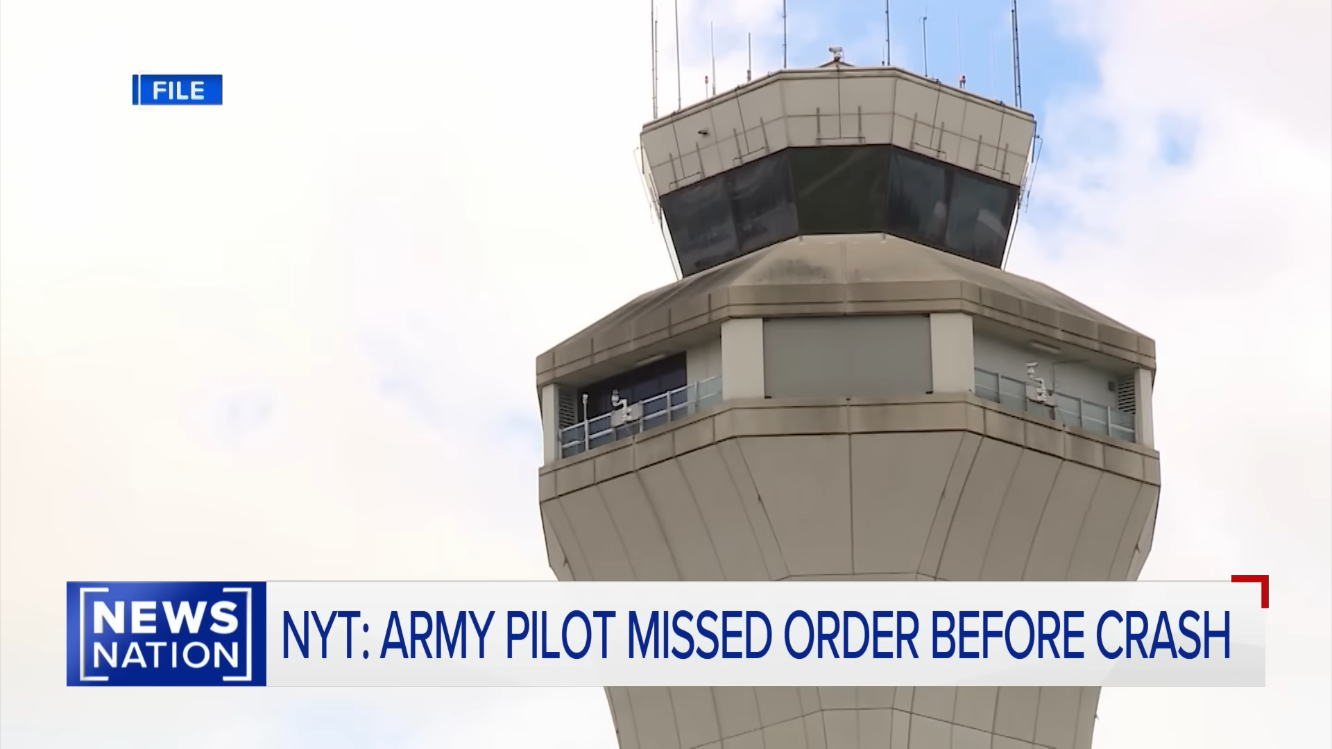
In response, the Army has updated helicopter safety protocols, and the FAA has permanently closed a flight route over the Potomac that intersected the accident path.
“This tragedy was the result of a chain of small failures, any one of which could have prevented the disaster,” said Brig. Gen. Matthew Braman, the Army’s director of aviation.














